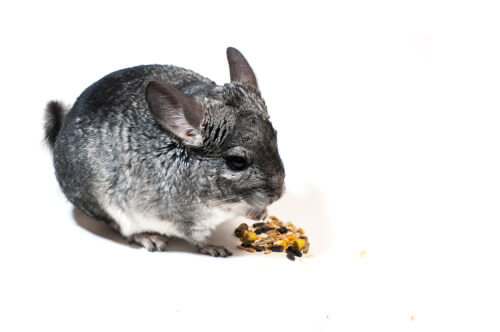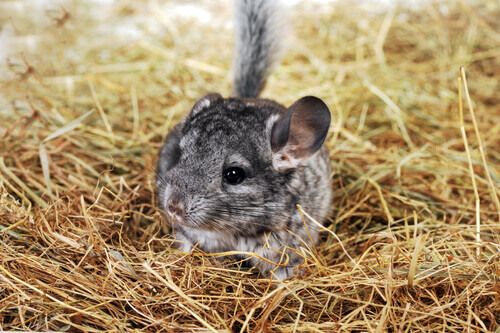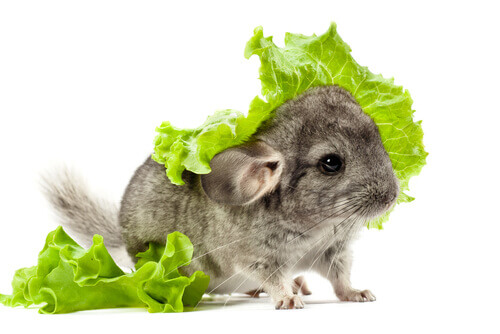The Best Tips to Help You Care for Your Pet Chinchilla

More and more people are deciding to get a pet chinchilla nowadays. These rodents have managed to win over many people, which is why it’s increasingly common to find people interested in buying a pet chinchilla. In this very interesting article, we share the best care tips.
Cages for a pet chinchilla
Although it isn’t ideal to keep chinchillas in cages, most owners opt for this option. While it’s true that they can live a good life in cages, it’s best for them to live in small naturalized spaces or adapted rooms.
Since not many people can do this, you can find large cages with several floors in pet shops. They’re great options for pet chinchillas! While the bigger the cage the better, you should make sure that it’s at least two feet wide and deep and at least one foot high.
The cage should have platforms at different levels and you should keep it in a well ventilated but dry area. Chinchillas are used to cold temperatures. Thus, it may be a good idea to turn the heating down in the room where you keep your pet chinchilla. It should never exceed 68°F.
It’s important for it to have a sandbox and items to gnaw on, such as pumice stone or wooden toys. Like with other wild animals, especially nocturnal ones like the chinchilla, it’s important to remember to respect their circadian rhythms.
In fact, they tend to be more active at night, as they’re nocturnal animals. Therefore, it’s important for the room to be free from hustle and bustle and lit with natural light.
Dust baths for your pet chinchilla
Chinchillas have a lot of hair in each follicle, which gives them one of the densest coats in nature. In the wild, these animals use volcanic rock dust to clean themselves. However, pet chinchillas need dust baths.

Thus, it’s important for you to buy a shallow tray with special dust for your pet chinchilla to roll around in it every day. In fact, this is also an ideal environmental enrichment system, since it encourages natural behavior.
Chinchillas can also enjoy this environmental enrichment through wooden toys with non-toxic varnishes that are designed for pets. You can also consider placing tunnels, branches, nests, or hammocks in the enclosure.
The health of your pet chinchilla
Although it’s unlikely for chinchillas to get sick, heat strokes during the summer are one of the main risks you should keep an eye out for. To avoid them, you must follow temperature recommendations and keep the cage or enclosure in a well-ventilated place.
Overgrown teeth is a problem that affects several species of rodents. It can be prevented with hay, wooden toys, and pumice stone, in addition to other objects or materials. If this problem becomes severe, your chinchilla may require surgery. Also, it’s a good idea to get your pet dewormed and follow nutritional recommendations to avoid digestive problems.

Diet
Your pet chinchilla’s diet should consist of forage in the form of hay or alfalfa, along with a small percentage of special feed for these rodents. You can occasionally feed them nuts, fruits, and vegetables to enrich their diet.
It’s important to respect the recommended fiber percentages in the diet, given that these animals have sensitive digestive systems.
Hay and water should always be freely available in the cage, the latter through a bottle dispenser, like the ones people use for other rodents.
